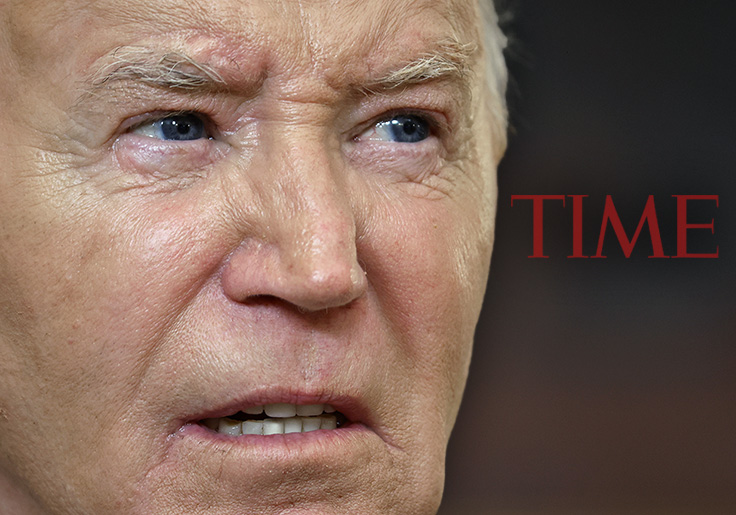Joe Biden’s recent interview with TIME Magazine highlights ongoing challenges in his presidency, marked by inaccuracies and confusion.
Inaccuracies in Inflation Claims
During the interview, Biden incorrectly claimed that inflation was at 9 percent when he took office, a statement that has been debunked by multiple sources, including CNN. In reality, the year-on-year inflation rate was approximately 1.4 percent when he assumed office.
Confusion Over Foreign Leaders
Biden’s confusion was evident when he mistakenly referred to Russian President Vladimir Putin instead of Chinese President Xi Jinping while discussing tariffs on Chinese imports. This error was significant enough for TIME to issue a correction.
Justification of New Tariffs
Biden announced a new tariff package on May 18, imposing significant duties on Chinese electric vehicles (EVs), solar panels, semiconductors, and imported steel and aluminum. He justified these tariffs by citing China’s business practices:
“If you want to do business in China, you’ve got to have a 51 percent Chinese owner. You’ve got to provide access to all your intellectual property… Sometimes they just outright steal through cyber espionage and other means. And it’s been well-documented and internationally recognized. When you make tactics like these, they’re not competing. It’s not competition. It’s cheating.”
Biden confused Putin and Xi Jinping in his TIME interview — yikes! pic.twitter.com/L0O6oBRwC0
— RNC Research (@RNCResearch) June 4, 2024
Impact of Tariffs on American Consumers
While Biden accurately described some of China’s unethical business practices, his assertion that these tariffs will not affect American consumers is questionable. He argued that unlike Trump’s proposed tariffs, his tariffs would not raise prices:
“No, because here’s the deal… For example, Trump wants a 10 percent tariff on everything. That will raise the price of everything in America.”
However, any tariff—whether 5 percent or higher—typically results in higher costs for consumers as businesses pass these costs down the line. Biden’s tariffs are substantial: a 100% tariff on electric vehicles, 25% on EV batteries, 50% on solar panels and semiconductors, and 25% on steel, aluminum, and ship-to-shore cranes. Tariffs ranging from 25% to 50% also apply to certain types of medical equipment.
Misleading Justifications
Biden’s use of China’s 51 percent ownership requirement as a justification for these tariffs is somewhat misleading. The issue pertains more to the complexities of doing business in China than to the direct economic impacts on U.S. consumers.
The Nature of Tariffs
Both Trump and Biden appear to overlook the fundamental nature of tariffs. When the U.S. imposes tariffs, American businesses pay import taxes for goods purchased from overseas. This financial burden can fall on various entities including foreign sellers (if they lower their prices to absorb some of the tariff) or American consumers (if businesses increase prices to cover the tariff costs).
Source: Red Right Daily

